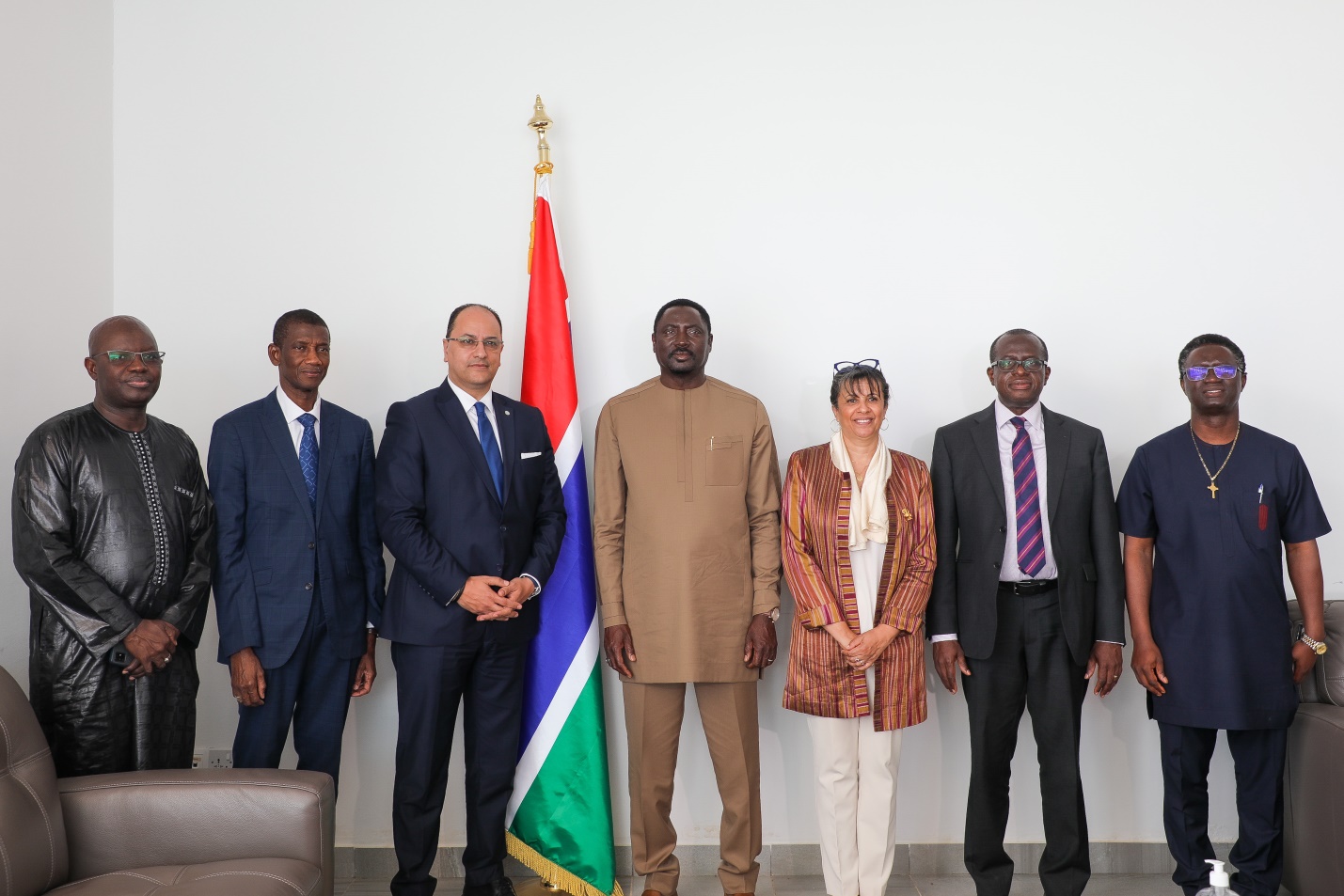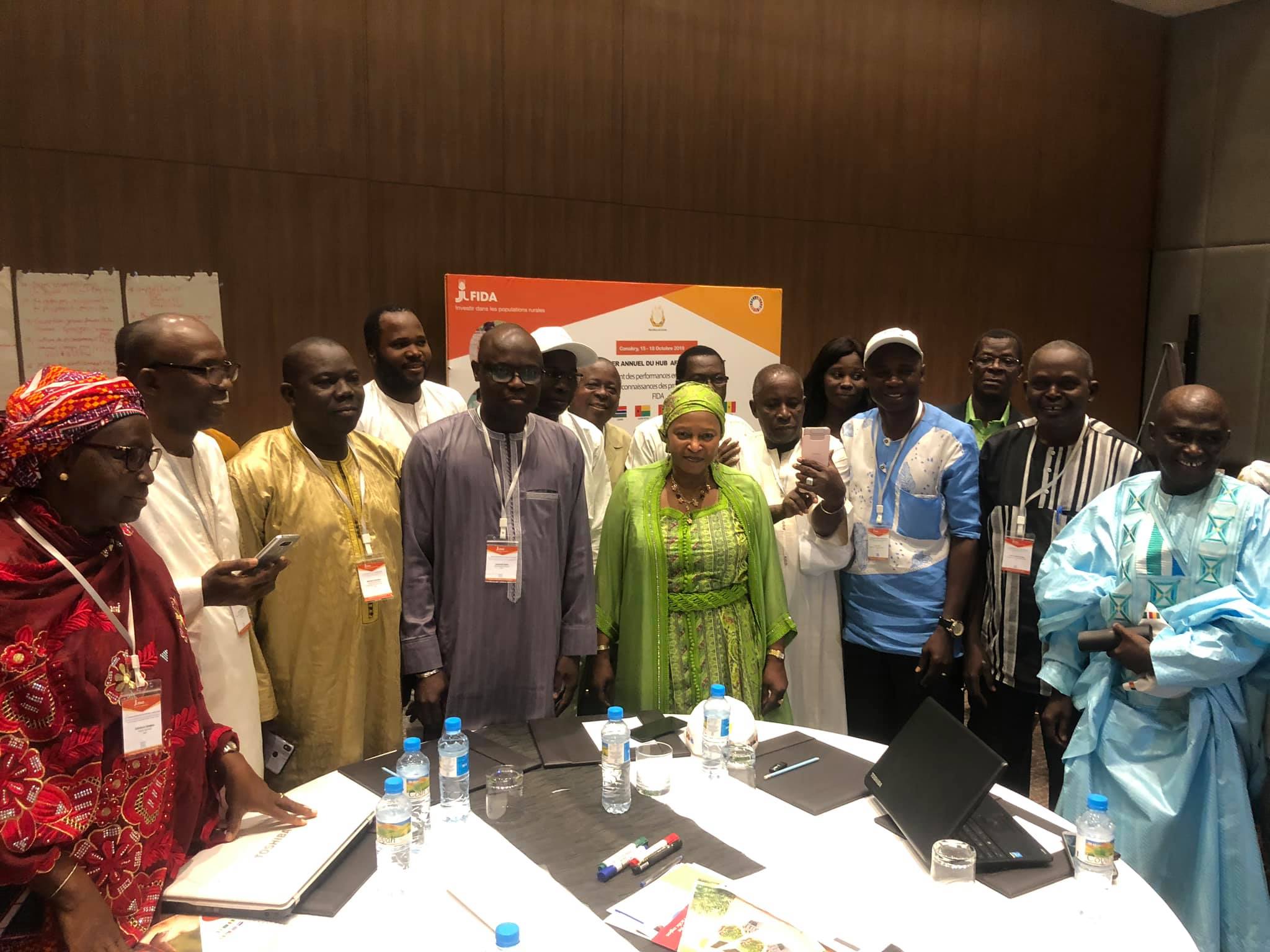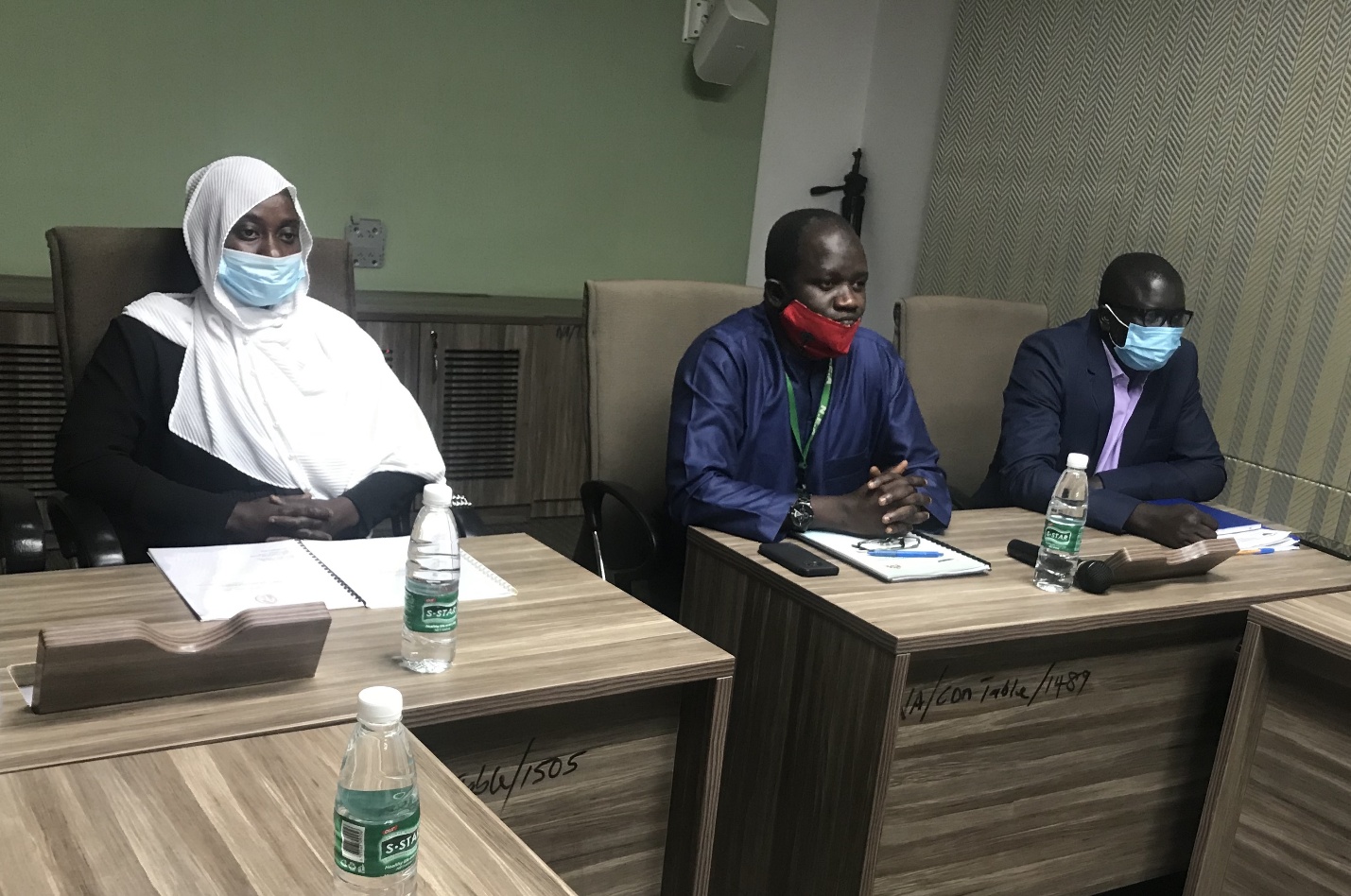By Yunus S Saliu
It is being disclosed that African countries remain off-track to reach the malaria GTS 2025 targets of a 75% reduction in malaria incidence and mortality rate compared to the 2015 baseline.
Dr Ebenezer S. Baba of the Malaria Elimination Focal Point at the WHO regional office for Africa made this revelation on Friday, 19th August 2023 during the 2023 World Mosquito Day commemoration hosted by African Media and Malaria Research Network (AMMREN) held through a webinar under the theme – Empowering Media Practitioners for Malaria Elimination.
In his presentation, countries in the WHO/AFRO Region continue to shoulder the heaviest malaria burden representing 95% of cases and 96% of deaths – an estimated 234 million cases and 593,000 deaths in 2021 while the population in sub-Saharan Africa grew from 665 million in 2000 to about 1.1 billion in 2019.
While noting that four countries in the WHO/AFRO region reported accounting for almost half of all reported cases globally and the four countries include Nigeria, the Democratic Republic of the Congo, the Niger, and the United Republic of Tanzania accounting for over half of all malaria deaths globally in 2021.
On malaria prevention, diagnosis, and treatment, Dr. Ebenezer S. Baba gave a breakdown of data regarding intervention delivery and population coverage while outlining progress toward the attainment of malaria elimination in the WHO/AFRO region.
“Within the WHO/AFRO region, only 2 countries, Algeria (May 2019) and Mauritius (November 1973) were certified as malaria, and other countries in the African continent outside the WHO/AFRO region that have eliminated malaria include Morocco.
“The E-2025 initiative consists of 25 countries identified as having the capacity to eliminate malaria by in 2025. These include Botswana, Cabo Verde, the Comoros, Eswatini, Sao Tome and Principe, and South Africa in the African region,” the Focal Point at the WHO Regional Office for Africa explained.
Among the significance of regional variation in malaria transmission context as indicated include – climate change, ecology, predominant sub-types distribution of malaria vectors, socio-economic context, demography, health system capacity of countries, and comparative access to health care services and uneven distribution of other underlying factors such as effect of urbanization, development activities.
Notwithstanding, the general factors hindering progress of the attainment of malaria elimination as identified are the effect of health disruptions during the COVID-19 pandemic especially related to the allocation of human resources, humanitarian crises, health system challenges, funding reductions, and low coverage.
Still, there are opportunities to accelerate the attainment of the elimination of malaria such as building district health capacities in disease epidemiology, entomology, and disease control. Strengthened disease surveillance, enhancing an enabling environment for the attainment of malaria elimination, going beyond business-as-usual, expanding engagement and partnership with academia local research networks and institutions as well as local regulatory agencies, and also to focus on access to health care services to quality of health service delivery with innovative financing models.
Meanwhile, Evelyn Korkor Ansah from the Centre for Malaria Research University of Health and Allied Sciences discussing what media practitioners should know about malaria elimination said malaria is a preventable and treatable disease. Despite that, malaria continues to cause significant illness, and death, and affect people’s livelihoods around the world.
It is worth knowing that “there were 247 million cases in 84 malaria-endemic countries in 2021 and a total of 619,000 people died from malaria in the same year while 11 countries account for ~70% of malaria cases and deaths. 10 of these countries are in sub-Saharan Africa with India adding up to make 11. The WHO African Region, with an estimated 234 million cases in 2021, accounted for about 95% of global cases, and here in Africa, out of every 1000 people, 229 fall sick with malaria every year,” Madam Evelyn Korkor Ansah explained.
She gave a difference between the elimination and eradication of malaria and described elimination as the interruption of transmission of indigenous cases of a particular malaria parasite in a defined geographical area as a result of deliberate activities; while eradication is a permanent reduction to zero of the worldwide incidence of infection caused by human malaria parasites as a result of deliberate activities.
Since 2010, according to her, 10 countries have been certified as malaria-free, a notable achievement given that, between 1987 and 2007, no country was certified as having eliminated malaria.
“China, the most populous country in the world, and El Salvador, one of the smallest, have both been certified Malaria free, and Ghana has just in 2022 declared a change in orientation of its strategy from control to elimination,” she disclosed. There are socio-economic benefits to eliminating malaria because “Analysis of data on malaria and gross domestic product (GDP) from 180 countries between 2000 and 2017 shows that each 10% reduction in malaria incidence was associated with an average rise of 0.3% in GDP per capita and faster GDP growth. Also, the High burden, low-income countries had higher than average gains. In these countries, the same reduction in malaria incidence was associated with an increase in the level of GDP per capita of nearly 2.0%,” she asserted.
In this presentation centered on Malaria Elimination – What the Media Should Know, she outlined six areas that contribute to the elimination effort this are reinforcing the global strategy, research and development for new tools, access to affordable, quality, people-centred health care and services, adequate and sustained financing – with increasing domestic financing, strengthened surveillance and response and engaging communities.
In preparation for malaria elimination, she noted that every malaria infection is important because it may lead to subsequent transmission, Surveillance systems must cover the entire country/area, and Additional attention is needed in areas with ongoing or a recent history of transmission, All suspected cases of malaria should receive a parasitological test, Reporting should be immediate and complete, All cases and foci should be fully investigated, and Records should be kept for all tests and investigations to guide program implementation.
She emphasized that Malaria is a multi-sectorial problem and not just a health problem, which elimination cannot happen with the MoH/Health Service working alone, so “all stakeholders must contribute, this includes the media – mass media (TV, Radio), print media (magazines and newspapers) and new media (the internet, mobile phones, search engine news sites and other forms of social media). While all sectors, community memberslocal leaders, and politicians.
“Media Professionals are important stakeholders in the fight against malaria and efforts to drive malaria out of our continent Africa. Therefore, we must ensure that the partnership is a good and strong one to achieve our shared objectives and targets,” Professor Rose Gana Fomban Leke stated in her presentation centered on Media Partnerships for Malaria Elimination: Uniting Efforts for Greater Impact delivered at the commemoration of the 2023 World Mosquito Day.
The media, she stated, is a powerful instrument with which to influence health behaviors linked to disease transmission and infection and social media data can allow public health to monitor information, detect potential outbreaks, forecast disease trends, monitor emergencies, and gauge disease awareness and reactions to official health communications.
The primary purpose of media was highlighted, saying it includes campaigns during disease outbreaks to elicit population behavior change, which leads to disease prevention and control; and the effectiveness of such campaigns in achieving this goal depends on message precision and clarity, the degree of funding, the media environment, use of appropriate language and the audience’s ability to implement behaviour change, partners need to be fully engaged and involved at the outset and not in an ad hoc manner or at the end
Media as partners in malaria elimination, Professor Leke said a successful partnership enhances the impact and effectiveness of action through combined and more efficient use of resources, promoting innovation while the critical element is a strong commitment from each partner.
She cited in this presentation that Malaria is a wholly preventable and treatable disease, yet each year it kills hundreds of thousands of people! Several countries in SSA have either declared Elimination or are approaching elimination. Malaria, still, is a problem that requires contribution from multiple stakeholders including the media and it is not just a disease issue but the media has a key role in providing the public with the critical information they need to achieve behaviour change.
Further dilating on the media partnerships for malaria elimination, Professor Leke said Malaria is a disease of the environment, over which local governments have a large influence due to their responsibility for housing, infrastructure, and other basic services. The City leaders, local government and district leaders have a central role to play in the global fight against malaria and Media Professionals must hold them accountable; “A malaria-free town or city becomes a great place to work, attracting high potential employees and entrepreneurs, new businesses and investment and Media Professionals must begin to work with the program to hold Leaders accountable” the Professor encourages media personnel.




